
The Subprime Solution
How Today's Global Financial Crisis Happened, and What to Do about It
Recommendation
Robert Shiller, the prescient author of the book Irrational Exuberance, offers an insightful examination of the causes of the subprime mortgage crisis, and suggests a list of potential measures for the future. He lays the blame for the subprime crisis on the same oblivious fiscal attitudes that led to the technology bubble of the 1990s and the real estate bubble of the 2000s. Both bubbles involved excessive lending and resulted in severe losses for capital providers. His prescription for dealing with the crisis involves a range of policy measures. In the short term, he calls for bailouts for low-income borrowers who got drawn into subprime scams that they did not understand. For the long term, he proposes a new framework for financial institutions, more transparent information, simpler contracts, improved risk-management markets, equity insurance and home loans linked to income, among other measures. Both his diagnosis and his prescription will be controversial, no doubt, but getAbstract thinks his book is a necessary text for anyone who wants to understand what’s happened, and how to survive it and learn from it.
Summary
About the Author
Robert J. Shiller is the best-selling author of Irrational Exuberance and The New Financial Order. He is the Arthur M. Okun Professor of Economics at Yale University. He is the winner of the getAbstract International Book Award 2003.










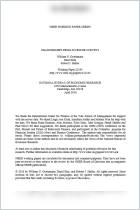
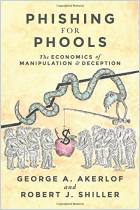
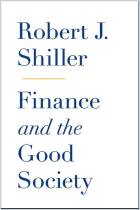




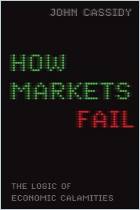

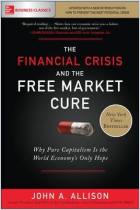

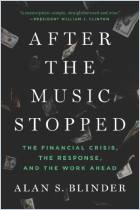
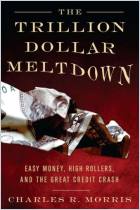






Comment on this summary